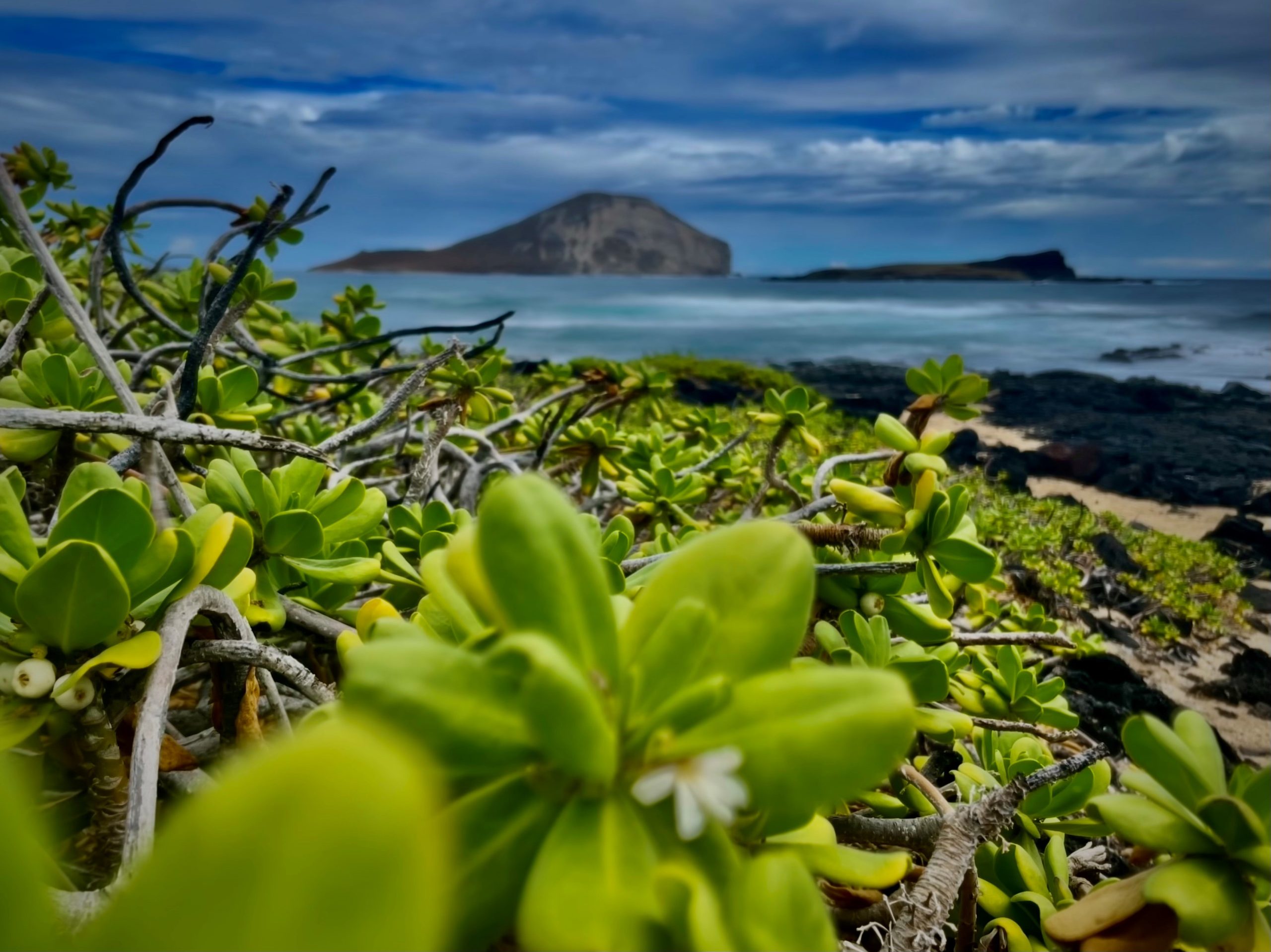
Decarbonization
OVERVIEW
Under Hawai’i Revised Statutes §225P-5, Hawai’i has a target “to sequester more atmospheric carbon and greenhouse gases than emitted within the State as quickly as practicable, but no later than 2045”, effectively establishing a net-negative emissions target.
Hawaiʻi seeks to lead by example in adapting to the impacts and mitigating the extent of climate change. Hawai’i was the first state in the nation to declare a climate emergency. Through Senate Concurrent Resolution 44 SD1 HD1, Hawai’i recognized the global climate crisis endangers the health, safety, and welfare of the people, warranting preemptive and protective action. The resolution further requested statewide entities to pursue climate mitigation and adaption efforts and established “a statewide commitment to a just transition toward a decarbonized economy…”
INTERGENERATIONAL EQUITY
The concept of intergenerational equity specifies that each generation has the right to inherit the same diversity and cultural resources enjoyed by previous generations and to have equitable access to the use and benefits of these resources.
The Hawai’i Constitution states:
“For the benefit of present and future generations, the State and its political subdivisions shall conserve and protect Hawaii’s natural beauty and all natural resources, including land, water, air, minerals and energy sources, and shall promote the development and utilization of these resources in a manner consistent with their conservation and in furtherance of the self-sufficiency of the State. All public natural resources are held in trust by the State for the benefit of the people.”
Article XI, Hawai’i Constitution
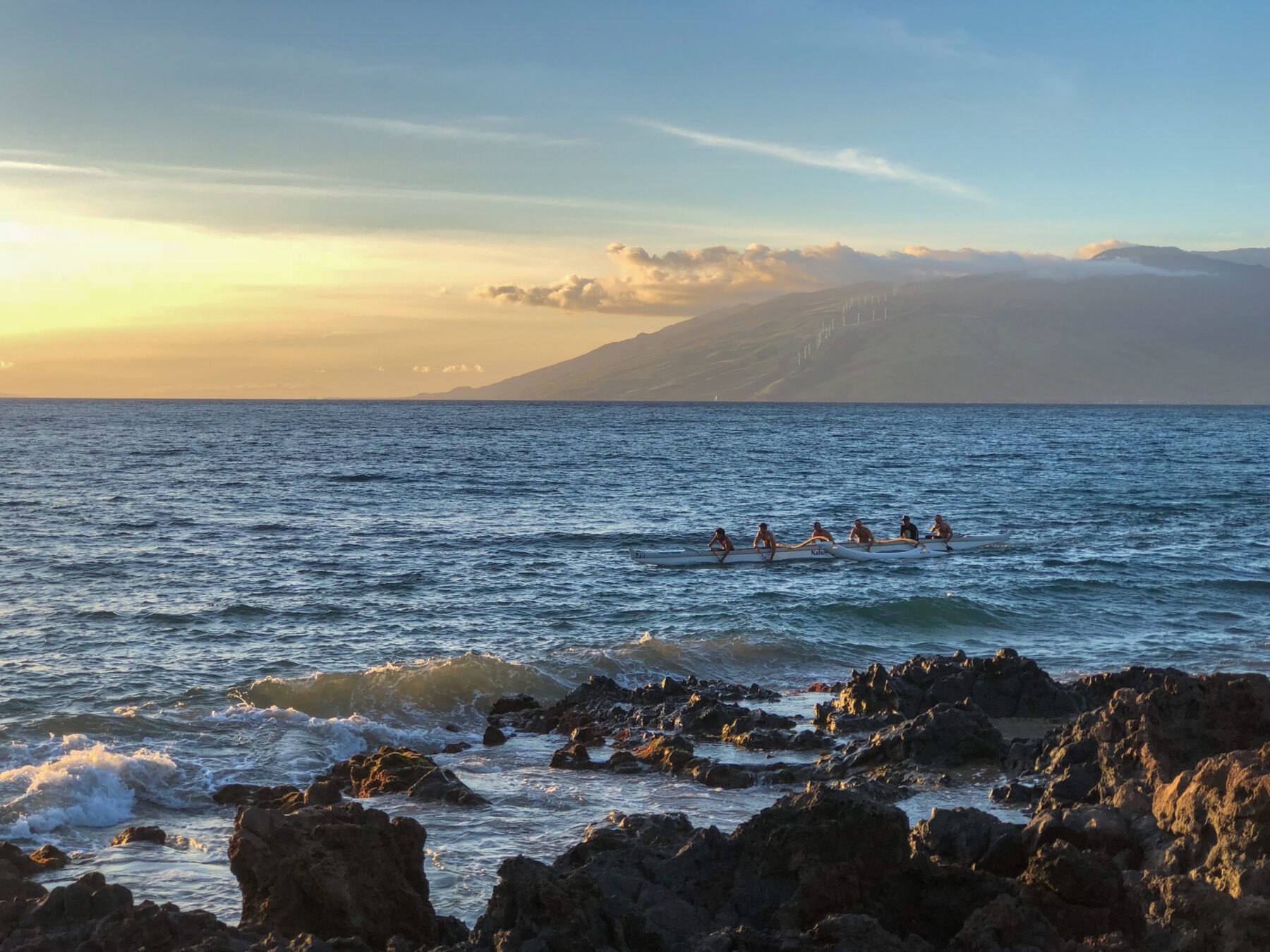
The data presented above are rounded to the nearest tenth and are for demonstration purposes. Data were obtained from the United States Environmental Protection Agency (EPA) Greenhouse Gas Inventory to show annual measurements since 1990. The State of Hawai'i Greenhouse Gas Inventory, published annually, will ultimately determine state emissions. Data published by the EPA closely coincide with the data in the state inventory published by the Department of Health. EPA data is used above to show emissions through time. State data should be used for sector-specific information - EPA data is appropriate to show trends through time.
EVALUATING Decarbonization
In 2022, the State Legislature passed Act 238 which tasked the Hawai‘i State Energy Office to "analyze pathways and develop recommendations for achieving the State's economy-wide decarbonization goals.” The report evaluated emission reduction pathways from all emitting sectors economy-wide. The report also addressed the following Act 238 requirements.
- Recommend regulatory or other state action; that will ensure the attainment of the State's decarbonization goals;
- Include measures to reduce emissions from electricity, including accelerating the adoption of clean energy and improving energy efficiency for residential, commercial, and government users;
- Include land use and transportation planning measures aimed at reducing emissions from the transportation sector;
- Recommend state actions to address emissions associated with air travel and shipping, including how to encourage electrification and adoption of alternative fuels;
- Recommend best management practices in the agricultural sector;
- Include long—term carbon sequestration and carbon capture and utilization opportunities;
- Make recommendations to aid in the transition of the state workforce to meet the needs of a decarbonized economy;
- Consider impacts to environmental justice, frontline, and low-income communities and make recommendations for how to mitigate any impacts to these communities and to facilitate a just transition to a decarbonized economy;
- Determine the most cost-effective pathway to decarbonization;
- Rank recommendations based on level of impact, cost, and ease of implementation;
- Make recommendations on whether the goals established pursuant to section 225P—5, Hawaii Revised Statutes, should be adjusted, or if additional interim goals between the completion of the analysis and 2045 should be adopted
- Examine contributions of different carbon sources, how each source can be reduced, what entities are responsible for the reduction of each source, and how each source factors into the determination of statewide greenhouse gas reduction goals; and
- Include other relevant considerations as deemed appropriate and necessary.
Act 238 Session Laws of Hawai'i 2022

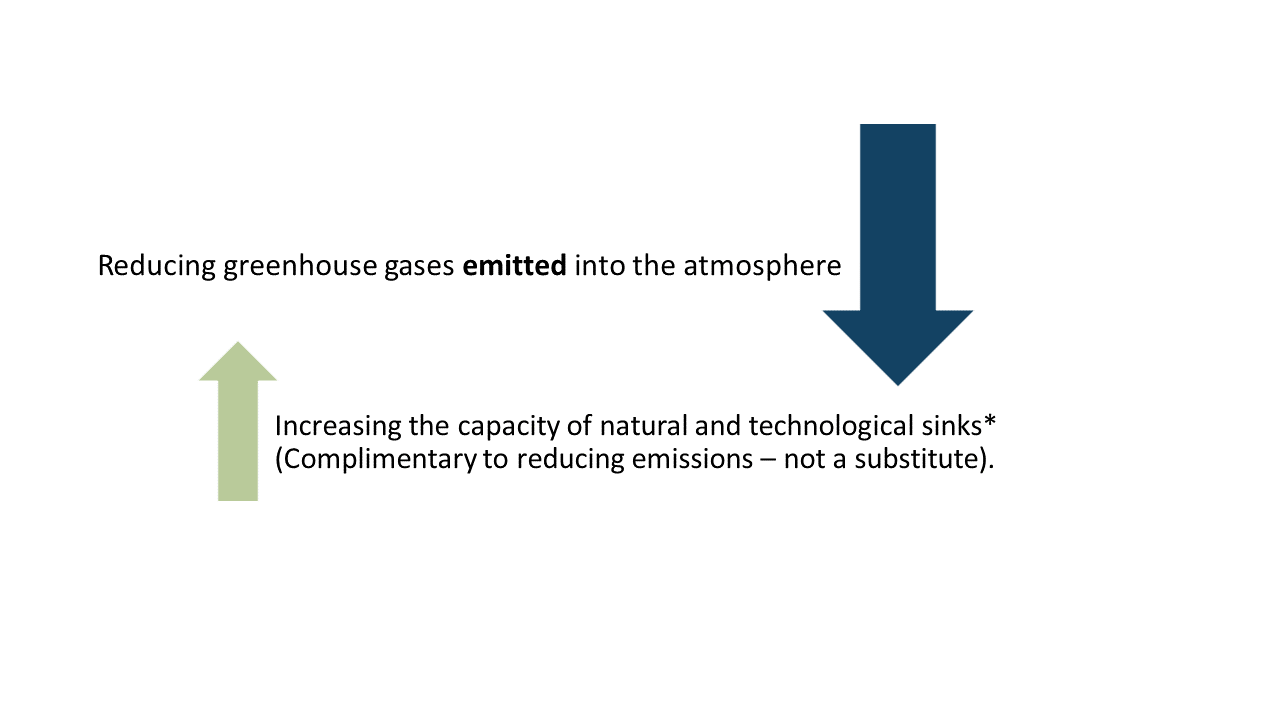
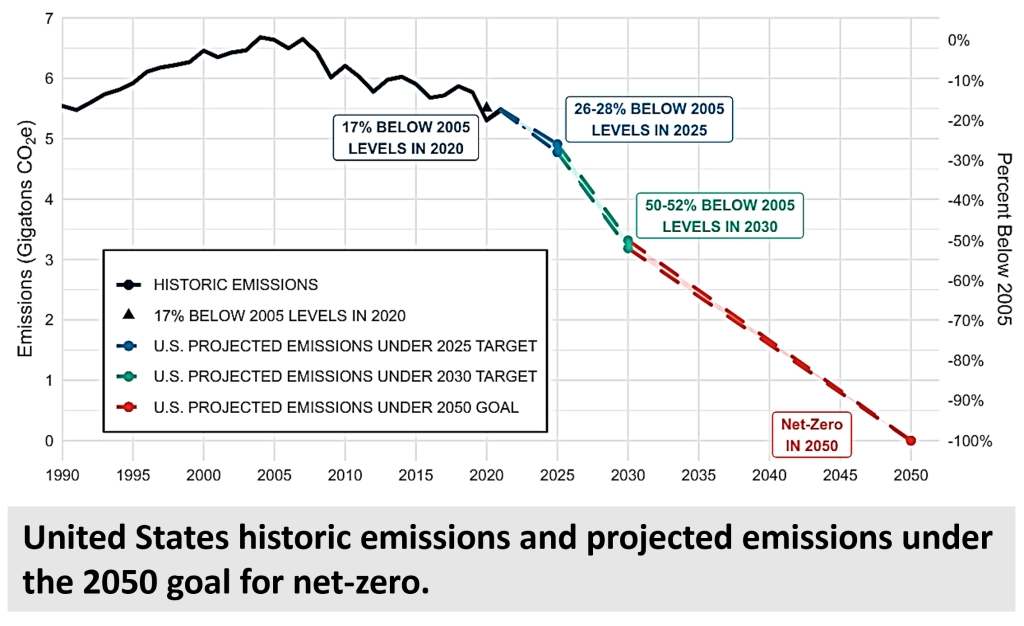
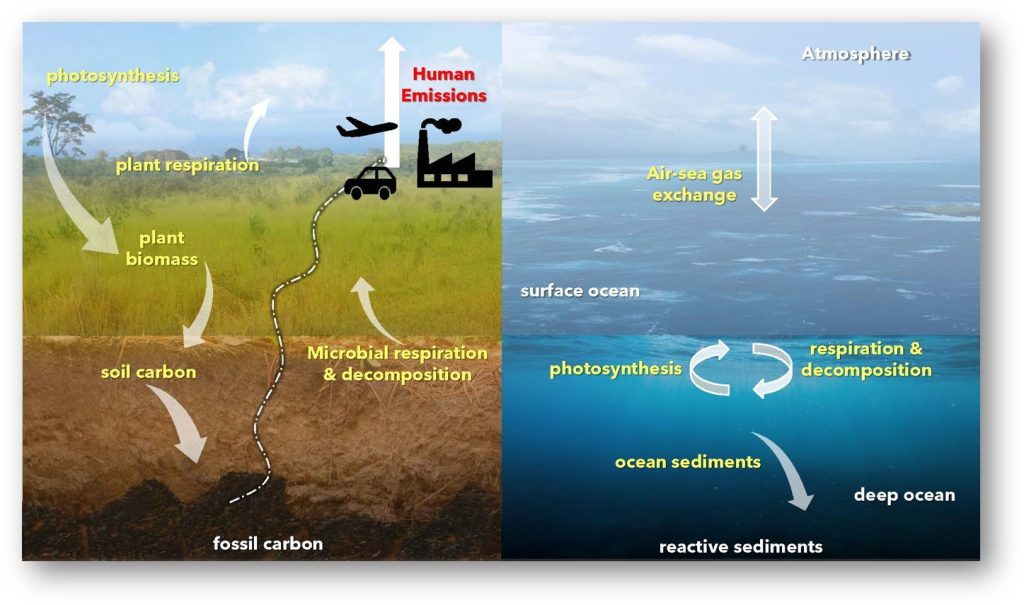
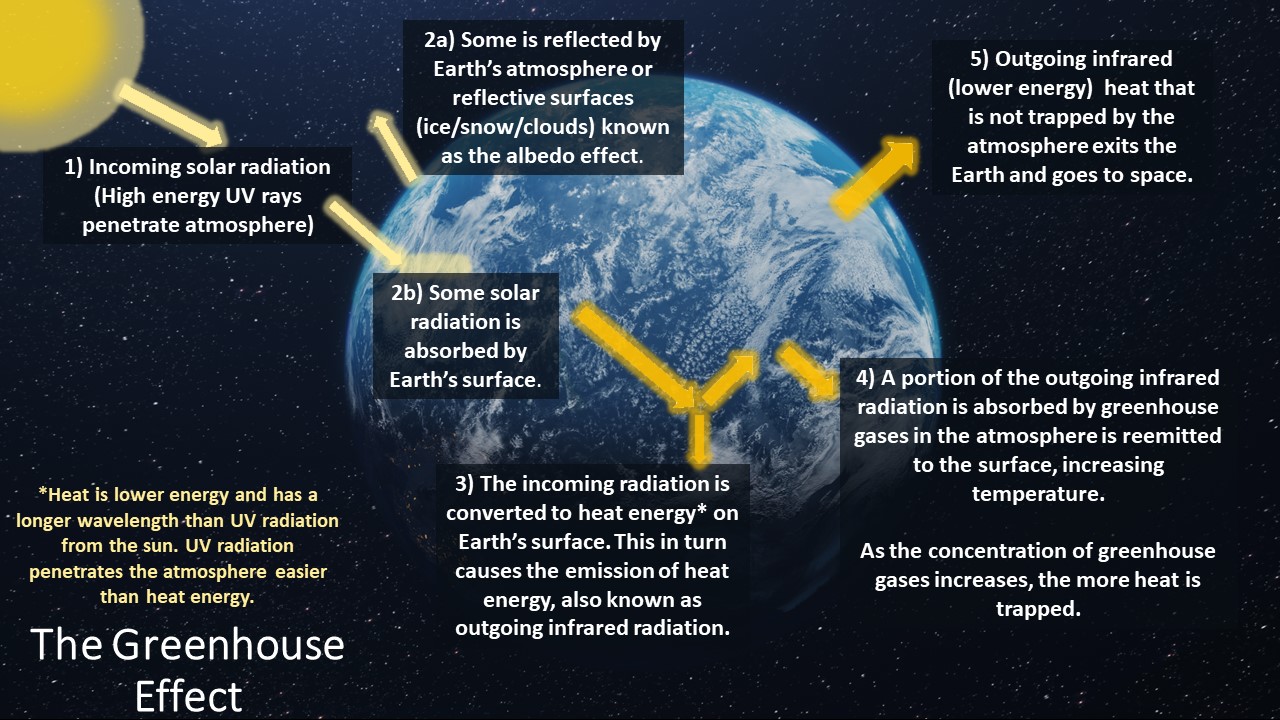
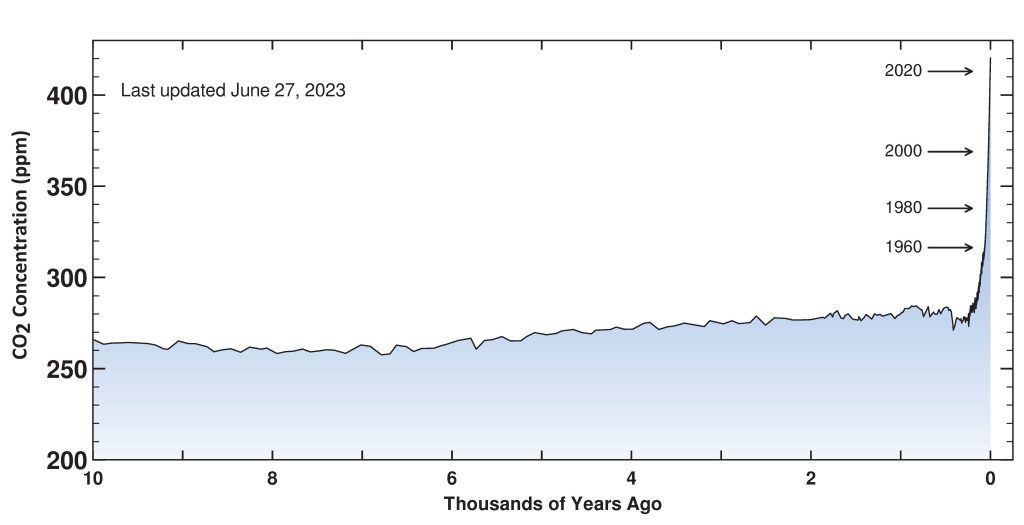
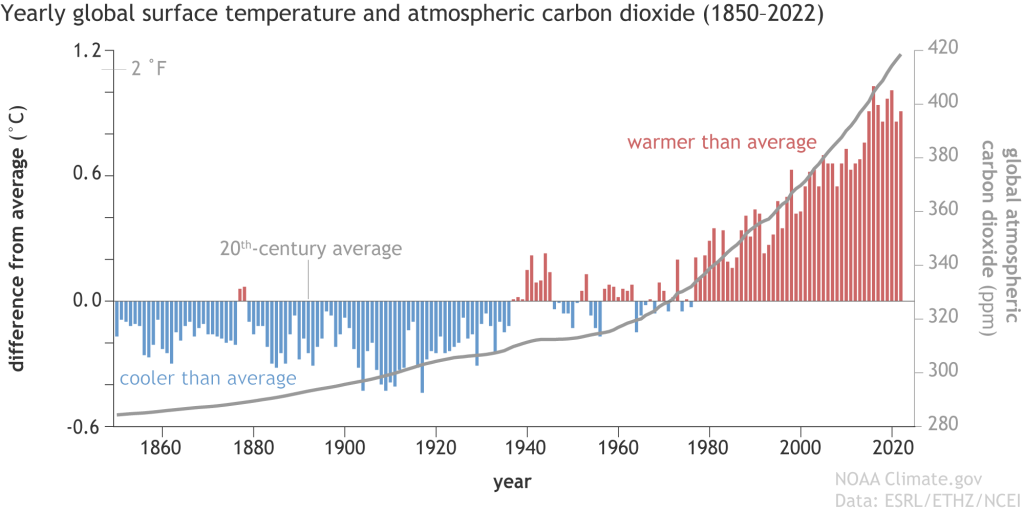
![Figure 27.2: Monitoring regional indicator variables in the atmosphere, land, and ocean allows for tracking climate variability and change. (top) Observed changes in key climate indicators such as carbon dioxide concentration, sea surface temperatures, and species distributions in Hawai‘i and the U.S.-Affiliated Pacific Islands result in (bottom) impacts to multiple sectors and communities, including built infrastructure, natural ecosystems, and human health. Connecting changes in climate indicators to how impacts are experienced is crucial in understanding and adapting to risks across different sectors. Source: Keener, V., D. Helweg, S. Asam, S. Balwani, M. Burkett, C. Fletcher, T. Giambelluca, Z. Grecni, M. Nobrega-Olivera, J. Polovina, and G. Tribble, 2018: Hawai‘i and U.S.-Affiliated Pacific Islands. In Impacts, Risks, and Adaptation in the United States: Fourth National Climate Assessment, Volume II [Reidmiller, D.R., C.W. Avery, D.R. Easterling, K.E. Kunkel, K.L.M. Lewis, T.K. Maycock, and B.C. Stewart (eds.)]. U.S. Global Change Research Program, Washington, DC, USA, pp. 1242–1308. doi: 10.7930/NCA4.2018.CH27](https://energy.hawaii.gov/wp-content/uploads/2022/10/figure27_2-1020x1024.png)